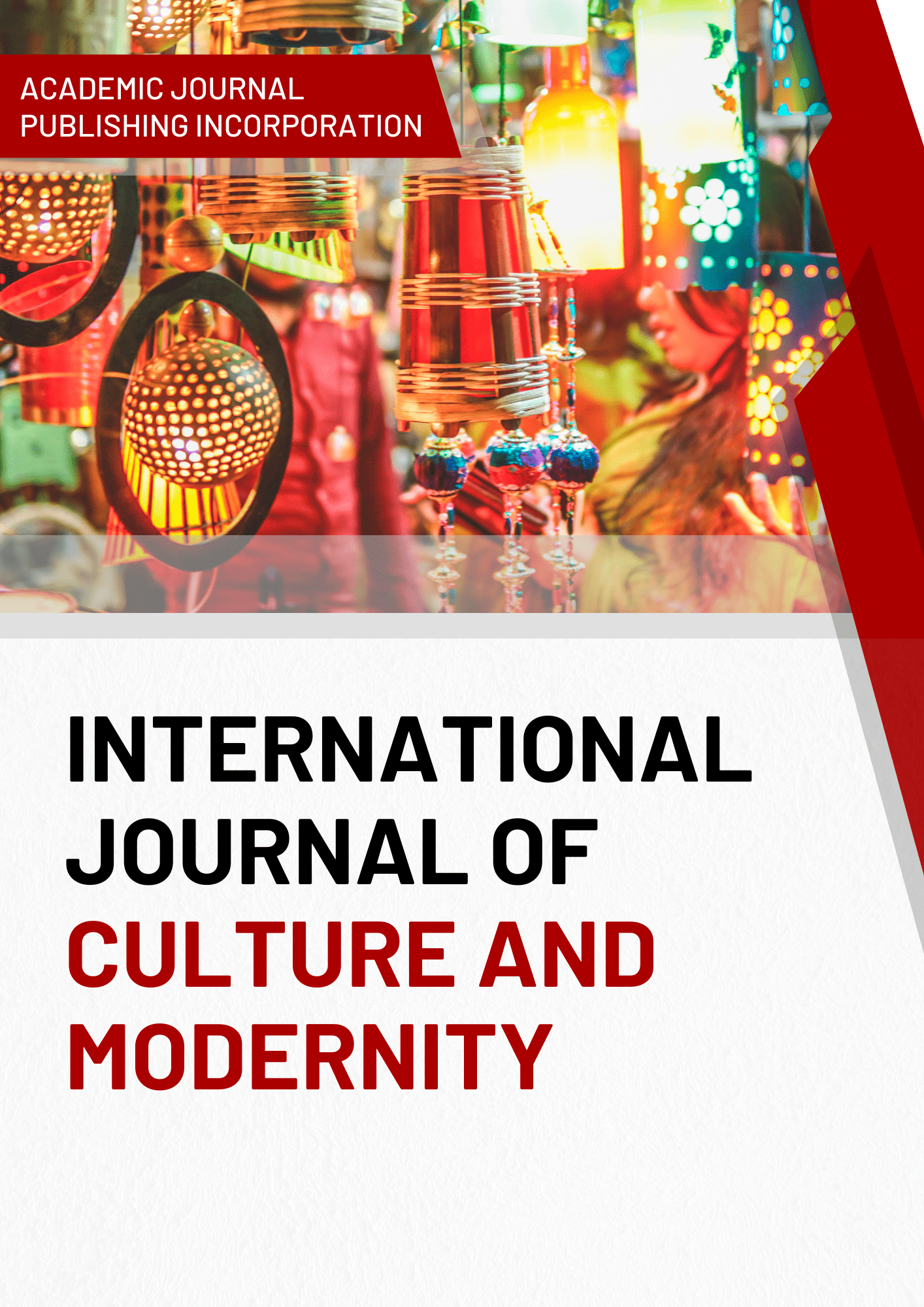Al-Ashbah van-Nazair as a Source in the School of Hanafites
DOI:
https://doi.org/10.51699/ijcm.v4i2.21Keywords:
Hanafism, madhhab, usul, furu', algoz, ghamzu, uyun, basoir, Mawerannahr (Transoxiana), ashboh, viqoya, nuqoyaAbstract
Considering that the work Al-Ashbah van-Nazair is the last book written by the author, we can conclude that the information in the book is the cream of the issues that the author searched, studied, heard, read and researched during his life. The sources cited by the author in the bibliography prove the extent to which the opinion is correct. The author intended this book to be read by people of all levels, and the information in the book will not bore a jurist who has reached a high level in the science of fiqh, and at the same time, it will not be difficult for a student who has just started to study the science of fiqh.
References
H. Keskin, “Ebû hanife’nin tefsir usûlüne katkısı,” Bilimname, no. 47, pp. 755–772, 2022.
D. Mukhetdinov, “Abu hanifa’s contribution to the renewal of social order,” Minbar Islam. Stud., vol. 16, no. 1, pp. 99–116, 2023.
M. Akin, “Abū ḥanīfa’s view of equality in faith and its reflection on social life,” Kader, vol. 20, no. 1, pp. 263–280, 2022.
Y. Alpysbayev, N. Anarbayev, and K. Bagasharov, “Abu hanifa’s place in the science of hadith: based on the work ‘musnad,’” Al-Farabi, vol. 80, no. 4, pp. 121–135, 2022.
M. Gül, “Hanefî hadis anlayışındaki muhteva tenkidi kriterlerinin ebû hanife’ye nispeti,” Kocatepe İslami İlimler Derg., vol. 4, no. 2, pp. 283–297, 2021.
İ. Menek and E. Topcu, “Tari̇hsel-karşilaştirmali çokkültürlülük: baskilara karşi bir direniş olarak ahameniş ve erken abbasi,” Erciyes Üniversitesi İktisadi Ve İdari Bilim. Fakültesi Derg., no. 62, pp. 143–162, 2022.
S. JURAYEV, “The reflection of the principles of peace in the works of muhammad shaibani,” The Maturidiyya, 2023, doi: 10.47980/moturidiy/2023-2/.
S. Kocabaş, “Muhammed b. hasan eş-şeybânî’nin ebû hanife ve ebû yusuf ’tan ayrıldığı i̇badet konularındaki görüşleri ve nedenleri,” Tokat İlmiyat Derg., vol. 10, no. 1, pp. 93–118, 2022, doi: 10.51450/ilmiyat.1008459.
K. Jazaa, “The book of theal-hajar stone and the book of permission from the book of mu’in al-mufti on the answer of the questioner of imam shams al-din muhammad bin abdullah bin ahmad bin muhammad al-khatib al-tirtashi al-ghazzi al-ghazzi al-hanafi, who died in the,” Islam. Sci. J., vol. 12, no. 6, pp. 88–114, 2023, doi: 10.25130/jis.21.12.6.5.
ك. العنزي, “التعريف بكتاب شرح الجامع الكبير ومؤلفة الإمام أحمد العتابي ومنهجه فيه,” مجلة کلية الدراسات الإسلامية والعربية للبنات بالإسکندرية, vol. 38, no. 5, pp. 136–203, 2022, doi: 10.21608/bfda.2022.280171.
A. A. S. ibn M. Afghani, Juhud al-ulamail Hanafia fi ibtol aqeedil kuburia, vol. 1. Dorus Samii, 1996.
Ibn Nujaym, Al-Ashboh van Nazir. Darul Fikr, 2005.
S. Ayoub, “Ibn nujaym: the father of late ḥanafism?,” pp. 31–64, 2019, doi: 10.1093/oso/9780190092924.003.0002.
R. Harvey, “Ḥanafī-māturīdīsm: trajectories of a theological legacy, with a study and critical edition of al-khabbāzī’s kitāb al-hādī, by ayedh a. aldosari.,” Ilahiyat Stud., vol. 12, no. 1, pp. 116–121, 2021, doi: 10.12730/13091719.2021.121.220.
H. Aulia, “Peta pemahaman ilmu ushulul fiqh jalaluddin as-suyuthi dalam kitab al-asybah wa an-nadhair,” Acad. J. Islam. Princ. Phylosophy, vol. 4, no. 1, pp. 93–114, 2023, doi: 10.22515/ajipp.v4i1.6523.
T. Rohman, “The methodology of ijtihād tat̟bi̟qi̟ kh. sahal mahfudh,” Santri J. Pesantren Fiqh Sos., vol. 2, no. 1, pp. 1–16, 2021, doi: 10.35878/santri.v2i1.276.
N. Mumtahanah, “Pemikiran as-suyuthi dalam bidang fiqh syafi’i telaah kitab al-asybah wa al-nazhair,” Akademika, vol. 13, no. 02, 2020, doi: 10.30736/adk.v13i02.123.
Downloads
Published
How to Cite
Issue
Section
License
Copyright (c) 2024 Muslim S. Baymirov

This work is licensed under a Creative Commons Attribution 4.0 International License.





